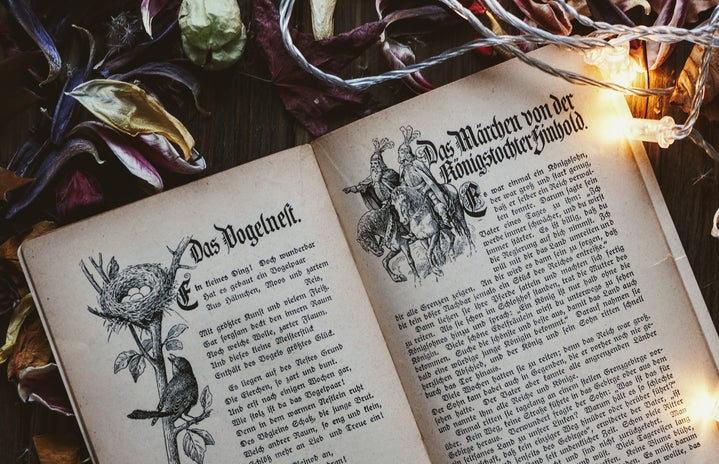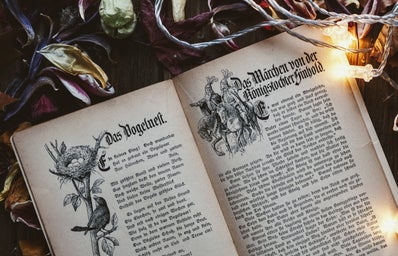In the past decade or so, fairy tale retellings have become a genre of their own. They’re a great way of using the elements from our childhood to create new stories that appeal to our older selves. They don’t always work, but when they do, they can be quite magical.
However, it’s usually the same fairy tales that are used for these: Cinderella, Beauty and the Beast, The Little Mermaid, or basically any story that features a princess as its main character.
Now, I don’t mean any hate towards these: they make for great stories…but there are other fairy tales I’d like to see. These were some of my favorites when I was growing up, and there are a few directions authors can go when crafting retellings.
- Rumpelstiltskin
-
You might be familiar with this name if you watched Shrek Forever After, as this title character plays the main antagonist in the fourth installment. However, if you don’t know the fairy tale, it goes something like this:
A miller lies to a king and says his daughter can spin straw into gold. The king takes the girl to a large room filled with straw, and she needs to finish spinning into gold before the next morning. If not, she’ll be killed. Rumpelstiltskin appears, and they make a bargain: she’ll give him her necklace and he’ll spin the straw into gold. This happens two more times, but she exchanges a ring, and then her firstborn for the favor.
In order to keep her firstborn, she must guess Rumpelstilskin’s name within three days. She fails many times, but finally succeeds when she hears him singing his own name.
I’d love to see a retelling where the maiden has her own backstory because she gets sidelined in her own fairy tale. Her romance with the king is also a bit hazy: he promised to marry the maiden…but also threatened to kill her. This could create an opportunity for an enemies-to-lovers story if handled correctly.
The only retelling I’ve read for this is Gilded by Marissa Meyer. The plot is a bit slow at times, but I do enjoy the twists she made.
- The twelve dancing princesses
-
I blame the Barbie movie for my obsession with this fairy tale, but it is a good story. The plot of the fairy tale it’s rather simple: 12 sisters find a secret ballroom where they go dancing every night.
There’s something very enchanting about the setting, and I love seeing the sisters being bonded by dancing.
I feel like this story could lend itself to a modern retelling. These can be tricky, but if done right, this would end up being a fun story. Maybe instead of being sisters, they’re 12 girls who happen to be friends or are part of a dance academy. It’d be a nice opportunity to create very different characters, while still having a storyline centered around dancing and sisterhood.
If you’d like to read some retellings of this fairy tale, you can pick up Entwined by Heather Dixon. The author does a good job creating a story similar enough to the original, while still making it her own.
- the wild swans
-
From this list, this is probably the most obscure fairy tale. Written by Hans Christian Andersen, it’s about a princess who must save her 11 brothers from a spell cast by their evil stepmother. Said spell turned the boys into swans, hence the title.
In order to save her brothers, Elisa, our main character, has to take a vow of silence, and gather stinging nettles to weave shirts for her brothers. However, she runs into trouble when the kingdom’s archbishop believes she’s an evil witch, and when he sees her in a graveyard, alongside ghouls, she’s condemned for execution.
While on her way to her execution, her swan brothers arrive, and people see this as a sign of Elisa’s innocence. Once free, she throws her shirts at her brothers, and the curse is broken. She also marries the prince she met.
For a retelling, I think it’d be interesting if Elisa was indeed a witch: how would she hide her powers? Would she still be able to be proven innocent? Her brothers’ appearance would probably not be enough to save the day, so how would she be saved? Finally, I’d also love to see how the romance would blossom, especially since she couldn’t even verbally communicate with the prince.
So far I don’t know of any stories that are based on this fairy tale, so I’d love to see some.
Fairy tale retellings are here to stay, so authors might as well find some more stories to recreate. I’d love to see what writers create in the following years.


